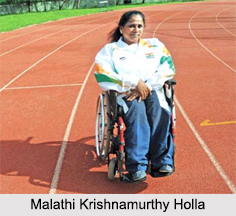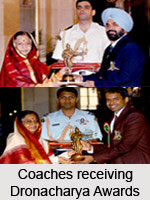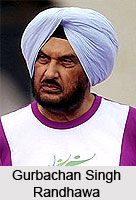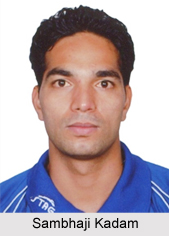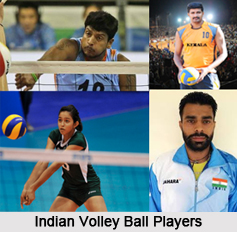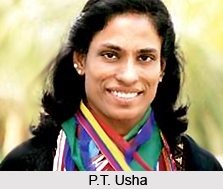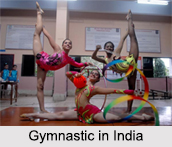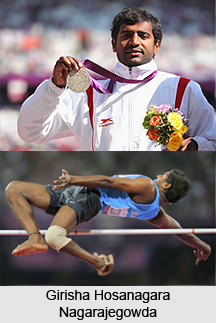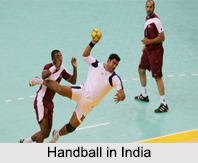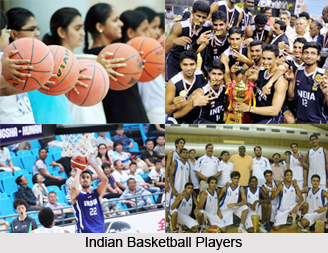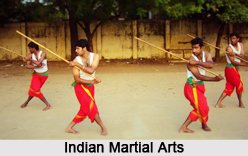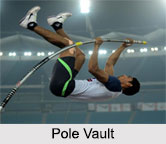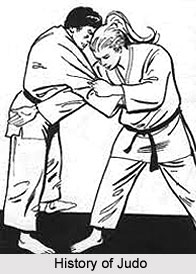 History of Judo actually goes back a long way, and has its origin in jujitsu - a fighting art that can actually be traced back thousand years into the history of Japan. Judo, however, is a recent synthesis and also owes its existence to genius of one man by the name of Dr. Jigoro Kano.
History of Judo actually goes back a long way, and has its origin in jujitsu - a fighting art that can actually be traced back thousand years into the history of Japan. Judo, however, is a recent synthesis and also owes its existence to genius of one man by the name of Dr. Jigoro Kano.
Jigaro Kano, born in 1860 in the seaside town of Mikage, moved out with his family to Tokyo in the year 1871. Mr Kano studied politics and also literature at Tokyo Imperial University. He also became the instructor of Gukushuin in the year 1882, and after eleven years, he was appointed as Headmaster of Koto Shihan, a teachers` training school. In the year 1909, Professor Kano became the first Japanese member of the International Olympic Committee and two years later, he founded the Japanese Athletic Association and became its first president. Because of his many contributions in the field of athletics, Professor Kano is called the "Father of Physical Education and Sport" in Japan.
Kano is popular internally for development and promotion of Judo. Jigoro Kano, until he was 18 years old, was physically weak! He pledged to improve by studying at two jujitsu schools. He soon realized that each school had its strengths and weaknesses. Because there was unnecessary roughness and crudeness in the jujitsu techniques, and because it was difficult to practice without injury he began to reconstruct jujitsu. Kano called his new system Kodokan Judo to differentiate it from the jujitsu forms. "Judo" means "the gentle way" and "kodokan" generally means "a school for studying the way", "the way" being the concept of life itself.
 The Kodokan was first established in 1882 with only nine students the first year. Soon, the new Kodokan Judo became the centre of public attention. But its practical merits were looked upon with contempt by most old jujitsu men, including Master Hikosuke Totsuka. There soon developed a keen rivalry between the Kodokan and the Totsuka School. Things came to a head in 1886.
The Kodokan was first established in 1882 with only nine students the first year. Soon, the new Kodokan Judo became the centre of public attention. But its practical merits were looked upon with contempt by most old jujitsu men, including Master Hikosuke Totsuka. There soon developed a keen rivalry between the Kodokan and the Totsuka School. Things came to a head in 1886.
Jigoro Kano died in May 1938 while returning from the Cairo International Olympic Conference. Men`s judo was first included in the Olympic Games in 1964 and became a permanent part of the Games in 1972. In 1992, women`s judo became part of the Olympic Games as well. Kano defined the two principles of Kodokan Judo as "Maximum Efficiency with Minimum Effort" and "Mutual Welfare and Benefit". He said that "physical education should train the body to be strong, healthy and useful in actual life and also make a contribution to the culture of the mind." His system of judo is just that.





